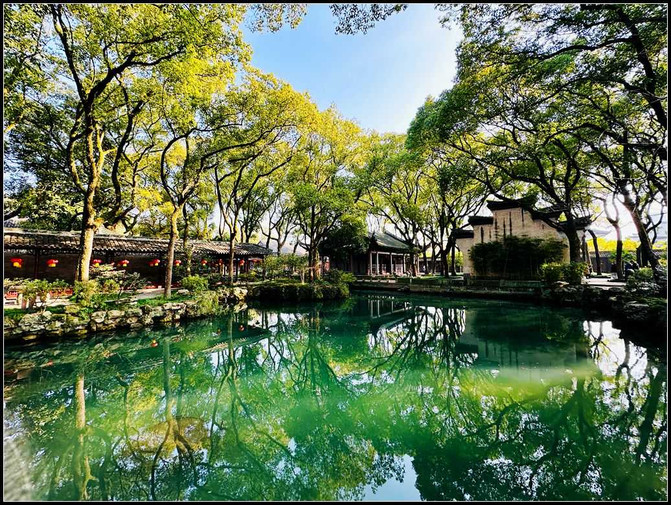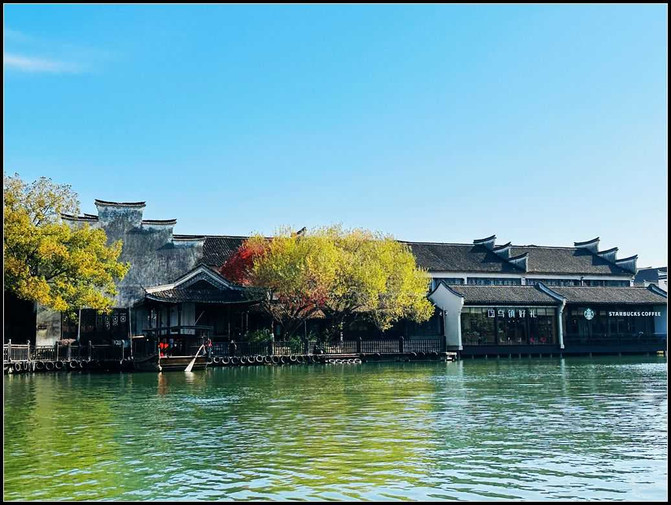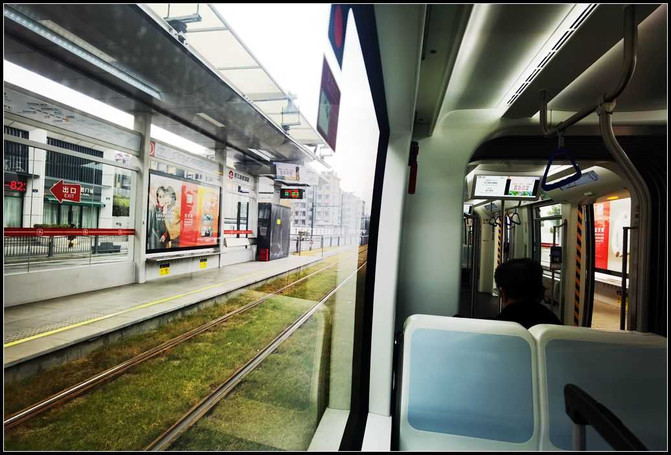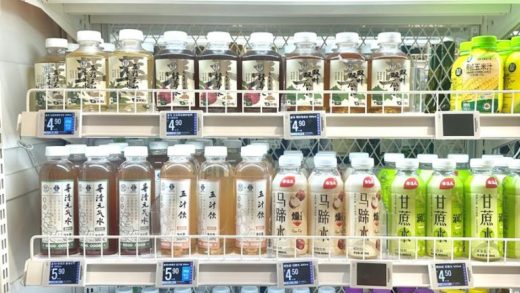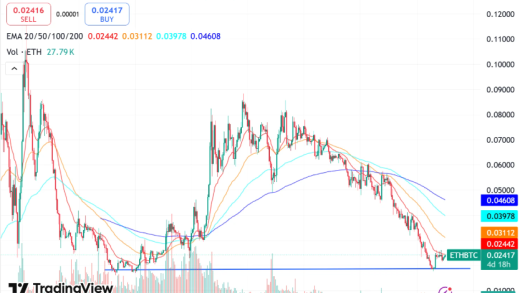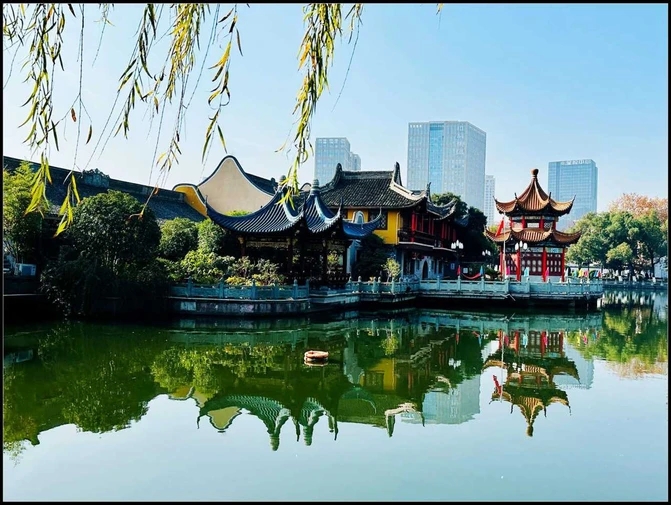
A 7 – day Free – travel in Ningbo, Hangzhou, Wuzhen and Jiaxing
In early December 2023, my wife and I embarked on a 7 – day free – travel in Zhejiang, visiting Ningbo, Hangzhou, Wuzhen and Jiaxing. It was a truly relaxing and enjoyable journey.
Day 1: Guangzhou – Ningbo
We took a flight with China Southern Airlines from Guangzhou to Ningbo. The weather in Ningbo that day was rather disappointing, with rain and fog making the city look grey and gloomy. We checked into the Hanting Hotel (Tianyi Square Branch), which had a great location. Just cross the road after getting off the subway Line 2 from the airport, and you’ll reach the hotel.
Ningbo is a famous historical and cultural city in China. It’s a typical city combining the features of a southern water – town and a seaport. It’s the southern exit of the Grand Canal in China and the eastern starting port of the “Maritime Silk Road”. The representative Ningbo Port has been rated as one of the “Top Five Ports in the World” by the British magazine Container International.
On the streets of Ningbo, there is a dumpling sculpture. Dumplings are one of the famous local snacks in Ningbo. In the evening, we went to a restaurant which was having a 50% discount promotion. We could choose dishes by looking at their samples. We ordered dishes like yellow croaker wrapped in bean curd sheets, fried razor clams with scallions, Ningbo – style eel shreds, stir – fried glutinous rice cakes with shepherd’s purse and bamboo shoots. To reach the 200 – yuan spending threshold (which would cost 100 yuan after the discount), we also ordered salt – boiled peanuts and green soybeans.
Day 2: Ningbo
The weather in Ningbo cleared up after the rain. We visited Tianyi Pavilion, Yuehu Park and the Old Bund of Ningbo.
Tianyi Pavilion is the oldest private library in China and one of the three oldest family libraries in the world. It was built between 1561 and 1566 during the Ming Dynasty and was originally the private library of Fan Qin, a former right – assistant minister of the Ministry of War. Now it houses nearly 300,000 volumes of various ancient books, including more than 80,000 volumes of rare and precious editions. The Tianyi Pavilion Museum, centered around the library, is a thematic museum featuring a rich collection of books. It covers an area of about 34,000 square meters and has many important titles such as a national key cultural relic protection unit, a national key protection unit for ancient books, a national first – class museum and a national 5A – level tourist attraction.
Yuehu Park in Ningbo was formed in the 10th year of Zhenguan during the Tang Dynasty. It got its name because in some parts it’s as wide as a full moon and in others as narrow as a crescent moon. In the Tang and Song Dynasties, it was developed into a place with beautiful scenery, especially the ten islets on the lake.
The Old Bund of Ningbo, located at the confluence of the Yongjiang, Fenghua and Yuyao Rivers, was an important gateway to the ancient city of Ningbo. In the Tang Dynasty, it was one of the four major ports in China and the starting point of Jianzhen’s journey to Japan. In the Southern Song Dynasty, it was one of the three major ports and had a special department to manage foreign trade. After the signing of the Nanjing Treaty, it became one of the “Five – Treaty Ports” and was officially opened in 1844. Now it’s a well – known scenic spot in Ningbo, integrating Western and Eastern architectural cultures, and offering shopping, dining, entertainment, tourism and accommodation.
We also went to the famous local snack shop “Gang Yagou”. We tried shrimp wontons, three – colored dumplings and steamed buns. However, we found the prices were high, the portions were small and the taste was just so – so.
In addition, we visited the Old Town God’s Temple (now there is only a statue of the Town God in the commercial pedestrian street), Tianfeng Pagoda.
Day 3: Ningbo – Hangzhou
In the morning, we took a train from Ningbo to Hangzhou East Station and then took the subway to a hotel near the West Lake. After checking in, we strolled around the West Lake.
Our son and daughter – in – law booked a five – star hotel, the Hyatt Regency Hangzhou, for us for two nights. The hotel is located by the West Lake, with an excellent view of the lake from our room. As it was our wedding anniversary, the hotel prepared champagne, a fruit platter, a small cake and a greeting card for us.
We’ve been to Hangzhou several times. The scenery of the West Lake is still as beautiful as ever. We saw the Broken Bridge in the snow scene, the Baoshu Pagoda in the distance, the White Causeway and the Broken Bridge. There were also lots of mandarin ducks and wild ducks on the lake. The balcony of the hotel’s executive lounge is a great place to enjoy the view of the West Lake. We also had afternoon tea there. In the evening, we watched the music fountain show at the West Lake, which starts at 7:30 p.m. and lasts about half an hour.
Day 4: Hangzhou
After breakfast at the hotel, we took the subway to Hefang Street, Hu Xueyan’s Former Residence and the Museum of the Site of the Southern Song Dynasty’s De Shou Palace. In the afternoon, we continued to explore the West Lake.
The West Lake, also known as Qiantang Lake, is surrounded by mountains on three sides and is adjacent to the urban area on the east. It’s a national 5A – level tourist attraction and a world cultural heritage site.
Hefang Street is a well – known historical and cultural street in Hangzhou. There are many century – old shops here, such as Wangxingji, Zhangxiaoquan, Wanlong Ham Shop, Huqingyutang, Fanghuichuntang and Yezhongdetang. Walking on the bluestone road, you’ll feel like you’ve stepped back in time with the Ming and Qing – style buildings, upturned eaves, carved window lattices and shop assistants in traditional costumes.
Hu Xueyan’s Former Residence is the former home of the famous red – topped merchant in the late Qing Dynasty. The Museum of the Site of the Southern Song Dynasty’s De Shou Palace was rebuilt on the archaeological site. It uses various means such as indoor displays, digital exhibitions and site simulations to show the whole picture of the Southern Song Dynasty’s history and culture.
Day 5: Hangzhou – Wuzhen
After breakfast at the hotel, we took the subway to the bus station at Hangzhou East Station and then took a direct bus to Wuzhen. After arriving at the Wuzhen Bus Station, we took a taxi to the hotel and then went to the Western Scenic Area of Wuzhen.
We stayed at the Alila Wuzhen, a five – star garden – style villa hotel, which was booked by our eldest son and daughter – in – law. Our room was a water – side room with a small yard.
Wuzhen is a typical ancient water – town in southern China. It’s a famous historical and cultural town and has been the permanent venue of the World Internet Conference since 2014. There are two scenic areas, the Eastern and Western Scenic Areas. We chose the Western Scenic Area. We took a small black – awning boat to explore the area. The ticket for the boat ride was 60 yuan per person.
The Western Scenic Area is composed of 12 small islands connected by more than 70 bridges. The Tongji Bridge and Renji Bridge are adjacent at a right – angle, creating a unique view called “Bridge within Bridge”. There are also many other attractions like the Wenchang Pavilion, Bailian Temple, Grand Canal, Dyeing Workshop, XuChang Sauce Factory and the Wuzhen Grand Theatre.
In the evening, we had dinner at a restaurant. We ordered a 98 – yuan group – buying double – person set menu, which included four dishes, a soup and a plate of rice cakes. The food was delicious and the price was very reasonable.
Day 6: Wuzhen – Jiaxing
After breakfast at the hotel, we planned to take a direct bus to Jiaxing, but the bus didn’t leave until 11 a.m. So we changed our plan and took a bus to Tongxiang first and then transferred to a bus to Jiaxing. It took us more than two hours, but the tickets were very cheap.
Jiaxing is a famous historical and cultural city in China. It’s the birthplace of the Communist Party of China. In 1921, the First National Congress of the Communist Party of China was forced to move from Shanghai to a boat on the South Lake in Jiaxing, where the Party was officially founded.
We took a boat to the Central Island on the South Lake. The ticket was 20 yuan per person. You have to take the boat if you want to see the Red Boat. The Central Island covers an area of 17 mu. There are many buildings on the island, with the Yanyu Tower as the main one. The Yanyu Tower got its name from a poem by Du Mu, a famous Tang Dynasty poet. It has a long history and has been expanded and rebuilt over the years, becoming a well – known building with typical southern Chinese garden features.
The Red Boat on the South Lake is where the First National Congress of the Communist Party of China was held. It’s a single – hold silk – net boat, about 16 meters long and 3 meters wide.
In the evening, we went to a small restaurant called “Gaopeng Home – cooked Cuisine Restaurant” in a small alley. We had to wait in line for a table. The dishes there were very authentic Jiangsu and Zhejiang cuisine. We ordered three dishes, and they were so delicious that we were very satisfied.
Day 7: Jiaxing – Hangzhou – Guangzhou
In the morning, we took a train from Jiaxing South Station to Hangzhou East Station, then took the subway to Hangzhou Airport and finally took a flight with China Southern Airlines back to Guangzhou, ending our wonderful journey.







